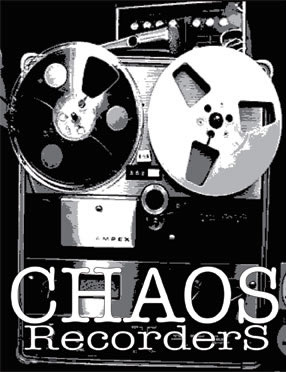Recording music is not unlike photography. We are capturing moments. How we choose to capture those moments and the decisions there in, is our process, our art. Just like a photograph, moments can never be duplicated, but have varying degrees of differentness. Our judgment on a piece of recorded music, of if it is good or not, or amazing or dreadful, are made by a myriad of standards and prejudices. In the end, it often comes down to how it makes you feel. Performance, the capture, and the showing of that capture all have much to do with it. The performance is first and foremost. Hearing truth, or an honesty...this is it. Whether it be fictional or not is not important. We find truth in lies all the time. Was the type of capture appropriate for the song? Was the ultimate presentation of the capture in line with the intent of the piece of music? These questions tell us if it is a success or not.
Impermanence. These are moments. They will never come back. More importantly and exciting is that there always is another day. Recording music, like pictures, the have a life of their own. They and our perception determine their value and impact. An error sometimes we make, is that if we do not realize our intent 100%, we have failed and must try again. This is a fallacy. Often there are better ways that are beyond our "intent"... things we never imagined that came to pass. As in life, and in art, there are times when Nature/Chaos/Order/Fate have their say and we should go with it. By all means, it is important to use our Will and determination, but these are not all, nor the end.
If you don't like the picture, take another one. Why didn't you like it? Was it not "perfect"? What is perfect, and does it really exist, or is it just a way of describing your intent fully realized? And to go further, is that fully realized intent actually best for the song? These are questions that should be asked in every choice and performance you make.
Do you want your song in "black and white", "color", "vivid color", "vintage color", "artfully staged", or "raw showing every imperfection"? What tools do you have? How much time to do have? How much budget? Know that limitations set you free. Sometimes limits on time, money, and equipment can be the exact thing that is needed to force a new idea, or way to come to life. Embrace it. It is just for this moment after all.




